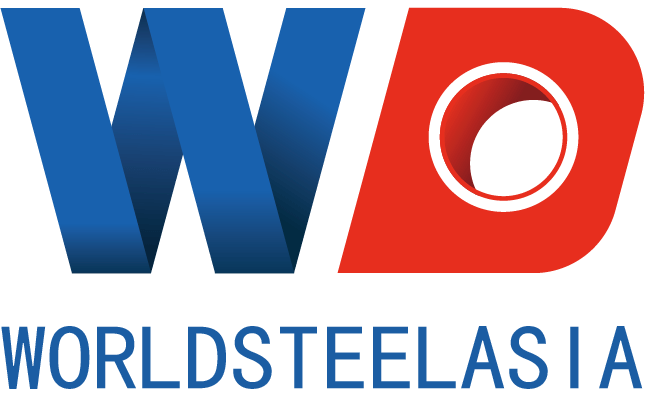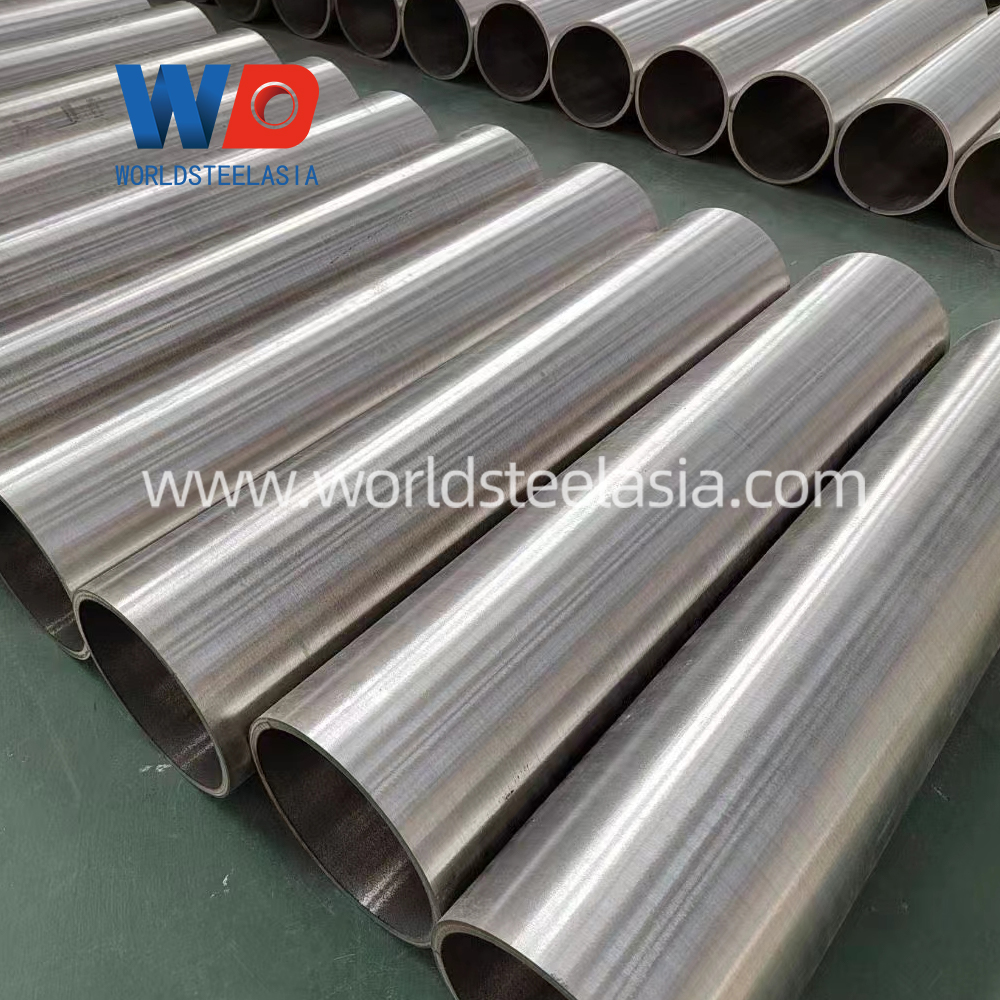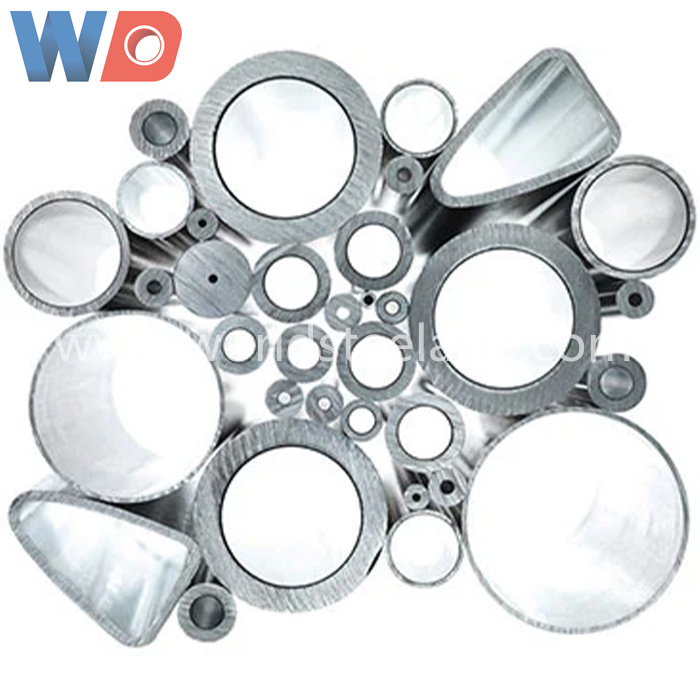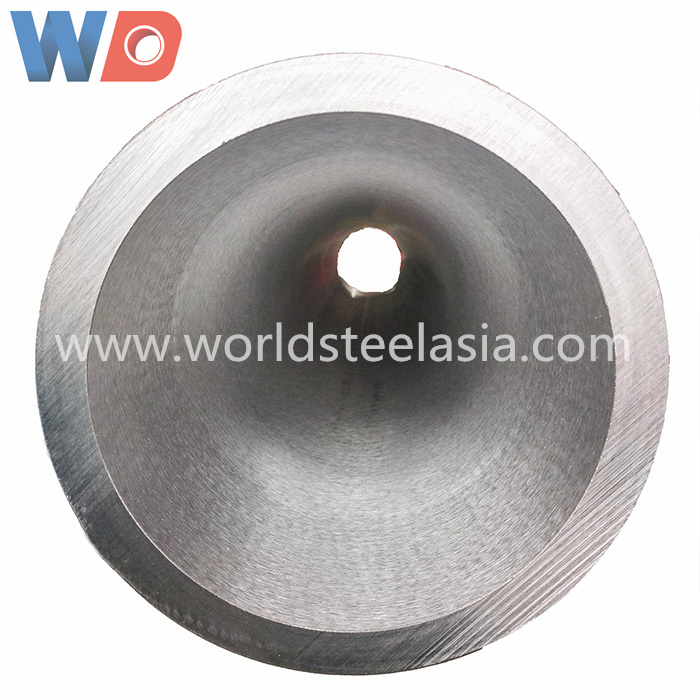What's the smelting process of Nickel base alloy VIM, ESR and VAR

WHAT IS THE SMELTING PROCESS OF NICKEL BASE ALLOY VIM, ESR AND VAR
Three common smelting processes of nickel base alloy VIM, ESR and VAR
From CHONGQING WORLD STEEL CO.,LTD
Nickel base alloy refers to a kind of alloy with high strength and certain corrosion resistance at 650~1000 ℃, including nickel base heat resistant alloy, nickel base corrosion resistant alloy, nickel base wear-resistant alloy, nickel base precision alloy and nickel base shape memory alloy. They all have very important applications, such as nickel base superalloys, which are commonly used in the manufacture of aeroengine blades and rocket engines, nuclear reactors, energy conversion equipment, etc., serving the high-end fields of aviation, power generation, national defense, medical and nuclear industry.

Due to the high melting point of the original components of nickel base alloy and the high requirements for its own purity, the nickel base alloy smelting process is different from the conventional smelting method and is very unique. "WORLDSTEELASIA" summarizes the following three main processes:
1. Vacuum induction melting (VIM)
Vacuum induction melting (VIM) is a method of heating furnace charge with eddy current generated in metal conductor by electromagnetic induction under vacuum conditions.
VIM can provide maximum control over chemical composition to prevent contact between molten liquid and hydrogen, oxygen and nitrogen in the atmosphere. The electromagnetic stirring can not only make the molten liquid uniform, but also continuously bring the reactants to the interface between the melt and the vacuum, so that the subsequent refining reaction can be carried out smoothly. The gas content and the volatilization and precipitation of non-metallic inclusions can greatly improve the mechanical properties of most superalloys.
VIM furnace is an important smelting equipment for the production of nickel base superalloys, corrosion resistant alloys and other special alloy materials. Especially for alloys containing more active elements such as aluminum and titanium, vacuum induction smelting must be adopted.
2. Electroslag remelting (ESR)
Electro Slag Remelting (ESR) is a method of smelting by using the resistance heat generated when the current passes through the slag as the heat source. The current passes through the slag resistance heat of the liquid slag pool to melt the metal electrode, and the molten metal collects into molten droplets. When the droplets fall, they pass through the slag layer and enter the metal melt pool, and then crystallize and solidify into steel ingots in a water-cooled crystallizer. Electroslag metallurgy is an important means to produce high-quality materials at present. It combines high temperature melting, chemical refining and condensation crystallization to produce high-quality ingots. It has the advantages of high purity, low sulfur content, few non-metallic inclusions, smooth surface of ingots, uniform and dense crystallization, uniform metallographic structure and chemical composition, and is widely used in aerospace, military, energy, shipbuilding, electronics, petrochemical Heavy machinery, transportation and other important areas of the national economy.
3. Vacuum consumable arc melting (VAR)
Vacuum Arc Remelting (VAR) is to generate an arc between the electrode and the bottom plate of the copper crucible placed in the water jacket by using the DC power supply under the vacuum state. The arc heating generates high heat, melts the electrode, and the electrode continuously drops and melts. A molten pool is formed in the water-cooled copper crucible. The molten metal completes rapid solidification, crystallization, and solidification into ingots.
Vacuum arc melting is generally used to refine stainless steel, superalloys, titanium zirconium tantalum niobium tungsten molybdenum and other oxidizable metals and alloys, reducing the loss of active elements (such as Al, Ti). The ingot solidification process is controllable, significantly improving the cleanliness, uniformity, fatigue resistance and fracture toughness of the ingot. Therefore, the consistency and uniformity of its structure are good, the number of inclusions is small, and the purity of the alloy is further improved. Vacuum arc melting is very suitable for melting special steel, active and refractory metals such as titanium, molybdenum and niobium.
It is worth noting that most of the high-quality high-temperature alloys and corrosion resistant alloys and other special materials at home and abroad are not produced by a single process, but by a dual or triple method, that is, vacuum induction furnace+electroslag remelting furnace (VIM+ESR) or vacuum induction furnace+vacuum consumable furnace (VIM+VAR). There are also a few harsh industries, such as military supplies, which use (VIM+ESR+VAR) for production.
The nickel alloy seamless tube/pipes, pipe fittings (elbows, tees, etc.), and nickel alloy flanges produced by our company are all melted and processed into products required by customers by the above processes. Our nickel alloy products are recognized by customers through the latest processing technology and strict testing means of advanced manufacturing equipment.
If you have any questions about our products, please send them to us. We welcome you to discuss how to improve and improve the quality of our products
From CHONGQING WORLD STEEL CO.,LTD



